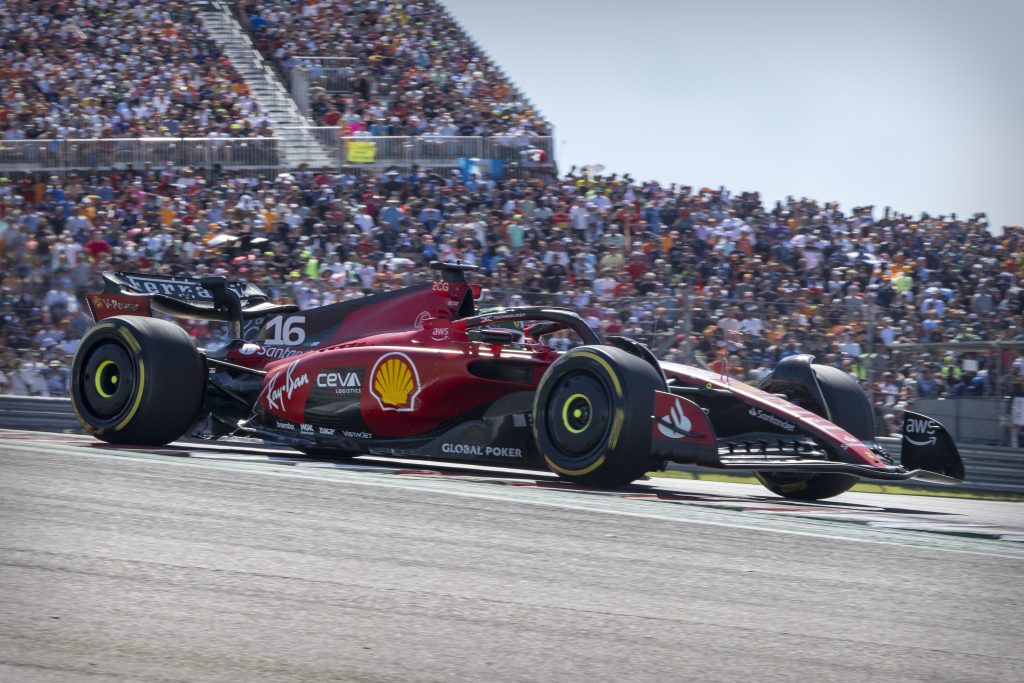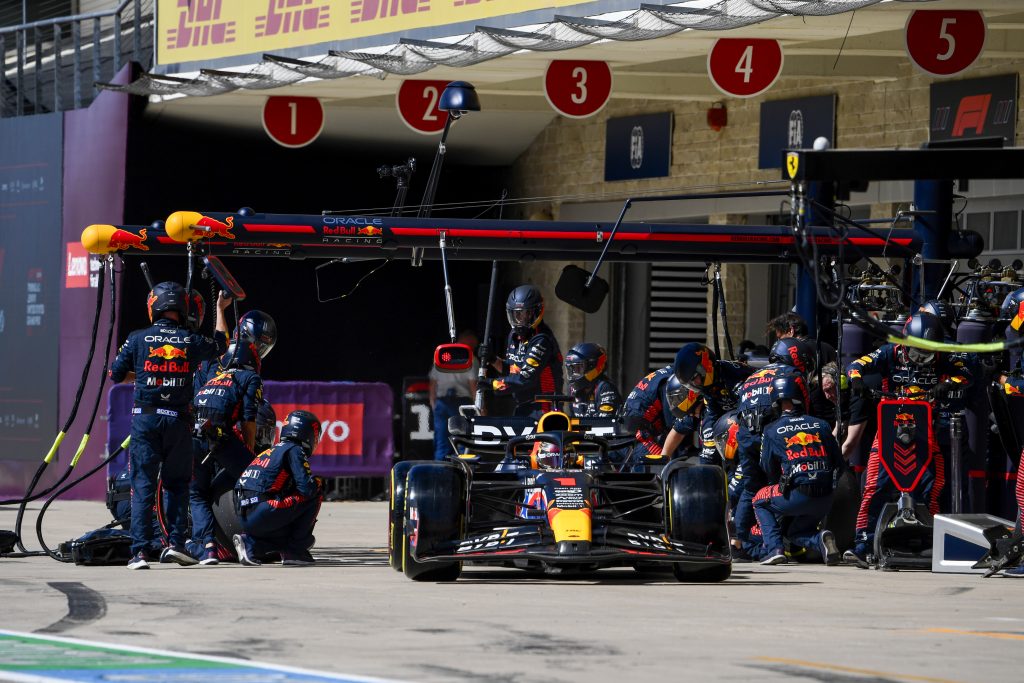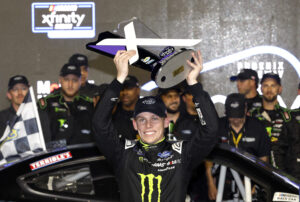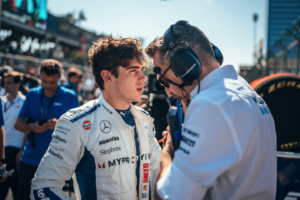Let’s see how the strategies used at the United States Grand Prix played a critical role during the weekend.
This weekend F1 has headed for another triple-header in this season. This weekend, the fifth Sprint race out of six was held at the Circuit of the Americas. While the circuit is favorable for overtaking the environmental conditions could have messed things up for the drivers. Let’s analyze the strategies of the United States Grand Prix.
Strategy: What Pirelli said
At the Circuit of the Americas, in Sector 1 we have high-speed corners that demand high downforce. Instead, Sector 2 is essentially a long straight that demands low drag and low downforce. Lastly, in Sector 3 we have a predominance of low-speed corners. Due to the nature of the track here overtaking is relatively easy for the drivers. Environmental and track conditions were stable through the weekend with hotter temperatures than normal.
For the United States Grand Prix, Pirelli nominated the C2 (hard tyre), C3 (medium tyre), and C4 (soft tyre) compounds. This is the same tyre range used at Spa-Francorchamps in July. Also, due to the revised Sprint format, there was a change in the number of sets given to the teams. Pirelli brought two sets of hards, four sets of mediums, and just six sets of softs. The number of medium tyres was, as always, increased because of the Sprint shootout that requires the use of that compound in SQ1 and SQ2, with the soft rubber used only in SQ3.
The weather didn’t seem to be a worrying factor. In fact, the temperature was expected to be around 30 degrees. While still hot it is not at the same level as was seen Friday. This should have helped the drivers prevent overheating when it came to the tyres. In addition, there was a 0% possibility of rain.

Strategy options
After the Sprint everything pointed to a two-stop race. The medium rubber seemed the favored option. Apart from the degradation of the soft compound, the medium had degradation too. Starting on the medium could have provided better performance off the line than the hard but also good longevity compared to the soft. Then the driver would have needed to do the switch to hards between Lap 12 to 17.
So the quickest strategy seemed to be a medium-hard-hard approach for the teams that had those sets available. Having retained two sets of hards for the race, the only teams who could run this strategy were McLaren, Williams, Alfa Romeo, Haas, and AlphaTauri. However, Ferrari, Mercedes, Red Bull, Alpine, and Aston Martin couldn’t. Though risky, as a last resort, the teams could have chosen a one-stop strategy.
The top 10 had very few options in terms of strategy. The next quickest and safest one would have been to start on the medium, proceed to pit for hards around Lap 14 to 19, and then finish off with the medium again with a final pit-stop around Lap 35 to 42. However, the teams needed to be wary of going in too early to avoid a higher degradation on the medium compound in the last stint. Instead, the bottom half of the field had more options. The bottom half of the field could have used the same approach as the top 10. However, there was flexibility in terms of strategy as they had all three compounds available.
The race

After a qualifying full of plot twists, with Max Verstappen out of pole position, the United States Grand Prix was ready to begin. Following an untroubled start, Verstappen started to pick off his rivals one by one. He went for a straightforward two-stopper, first switching to another set of mediums, before switching to hards.
While the top 7 started on mediums, there was flexibility on the type of strategy used. Verstappen was the first to stop on Lap 16 to put on the medium rubber again. Sainz, Perez, and Norris came into the pits next, with the latter taking on the hard tyres. Instead, Mercedes left both drivers out allowing them to be undercut, Lewis Hamilton by Verstappen and George Russel by Perez. Leclerc was the one left to attempt a one-stop.
They all used similar strategies with the only difference being their pit-stops. However, Norris was the only driver in the top 7 to have both sets of hards available. Instead, the Mercedes decided to use the hard compound for the middle stint and save the medium for last. Verstappen, Sainz, and Perez used the same type of strategy with a medium-medium-hard approach. Unfortunately, the one-stop strategy used by Leclerc made him struggle while he still got fourth place.
Early in the race, many thought that the hard and medium tyres would be close on pace. However, the hard proved to be slower without a great advantage in degradation. And while the others believed they could catch onto Max Verstappen they simply lacked the pace to get anywhere close to him. So even if the pace was there and the disqualification of Hamilton and Leclerc didn’t happen I find it difficult to believe that any of them could have caught Max.






